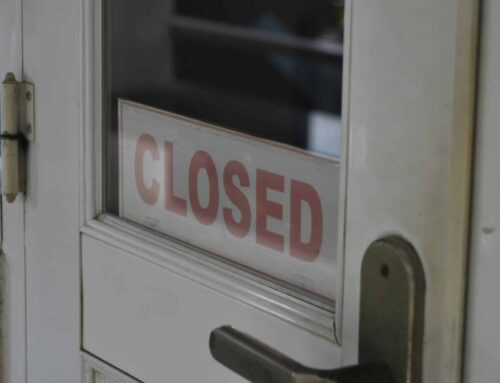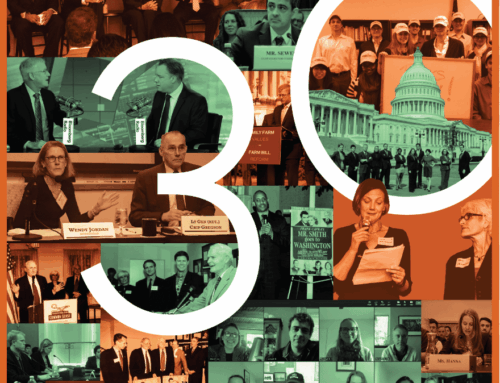Concerns are rising that the Treasury Department is allowing banks too much leeway to decide how they spending the bailout funds. Reports are that a lot of the bailout money could go to bank dividends, satisfy old debts, buy other banks, or to shore up their bottom lines.
A growing number of lawmakers are suffering from buyer’s remorse about the $700 billion bailout. In a letter to Treasury Secretary Henry Paulson, Minority Leader Rep. John Boehner (R-OH) said that, “Funds made available under the economic rescue package should not be used to pay for bank acquisitions, raises, and executive bonuses. These are not the type of expenditures you described during your many discussions on Capitol Hill earlier this fall, and these certainly are not the types of expenditures Members of Congress envisioned when the plan was sent to the President earlier this month.”
We agree.
Rep. Barney Frank (D-MA), Chairman of the House Financial Services Committee expressed disappointment, “that a number of financial institutions are distorting the legislation that Congress passed at the President’s request to respond to the credit crisis by making funds available for increased lending. Any use of these funds for any purpose other than lending—for bonuses, for severance pay, for dividends, for acquisitions of other institutions, etc.”
When approved earlier this month, the justification for the bailout was that if taxpayers provided cash to relatively healthy banks, these banks would start lending again, defrosting the frozen credit markets. But according to Rep, Henry Waxman (D-CA),chairman of the Committee on Oversight and Government Reform, that “these nine banks (who received $125 billion in bailout funds) have spent or reserved $108 billion for employee compensation and bonuses in the first nine months of 2008, nearly the same amount as last year.”
Many lawmakers are calling more transparency and essential to making to legislation more effective. In a letter to Paulson, Senator George Voinovich (R-OH) said that “it is my hope that more transparency will be revealed for the credibility of the program…This is an investment in Americans, in our community banks, credit unions, and Main Street banks. Transparency in your decision-making process will provide confidence in this investment.”










